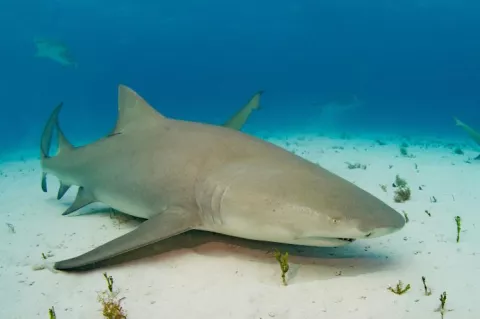More than 50 species of sharks given further protection
The186-nation Convention on International Trade in Endangered Species of Wild Fauna and Flora (CITES) has voted for the first time to regulate the trade that kills millions of sharks every year.





